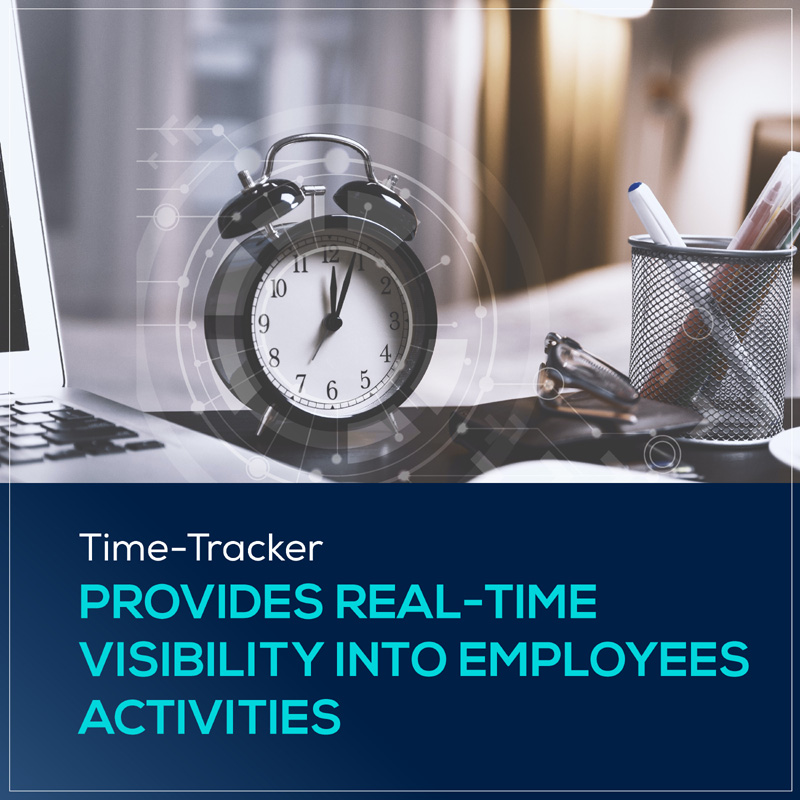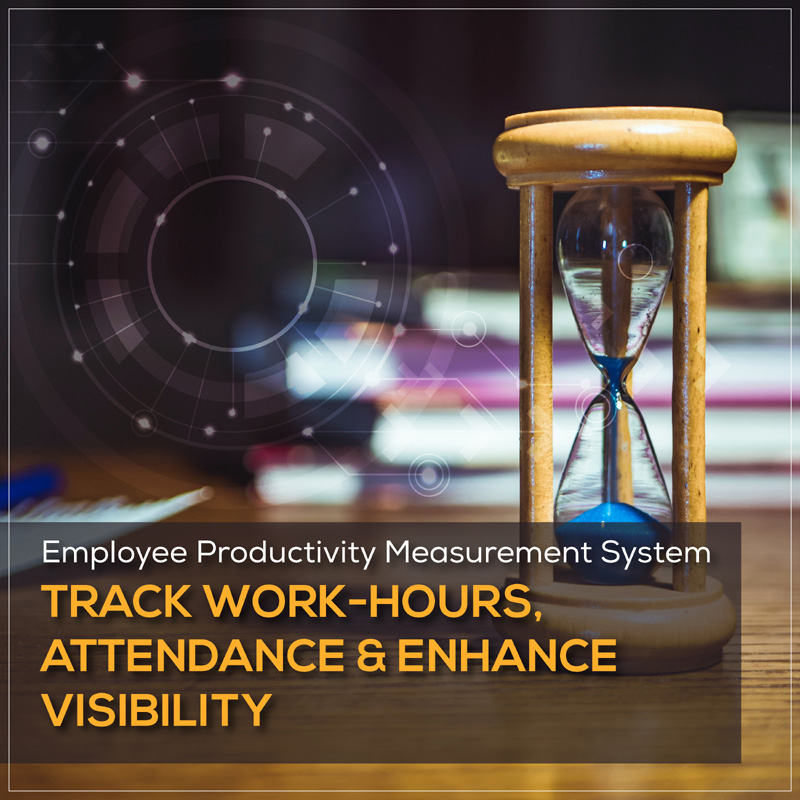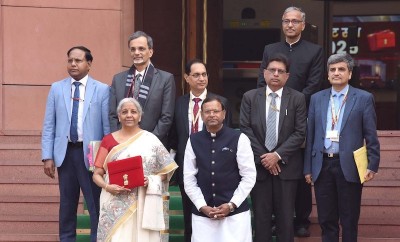 Time Tracking Software
Time Tracking Software
The upside of a Time Tracking software: it’s more about measurement than control…
COVID-19 pandemic has made us all acutely aware of time, its ramifications and why now more than ever, achieving a work-life balance and managing time professionally is of utmost importance.
Time is a precious and finite commodity and how it is spent can have a profound impact on individuals and organizations. One of the biggest unsolved problems of scale in the modern world is how people spend their professional time for which they are paid.
Ankur Dhingra, CEO, ProHance, said: “For people who do traditional work in factories and machines, this problem has been solved by extensive time-motion studies, building repeatable and structured work where the outputs can clearly be measured. However, this remains a big challenge for new-age organizations, where people spend most of their time on their desktops and laptops."
"This makes it very hard to compute time and effort in a systematic and automated way across the enterprise. This lack of information leads to poor decision-making and an inherent inefficiency that exists in the enterprise,” he said.
The research unit at ProHance, through client surveys came to the conclusion that most organizations don’t have clear and precise answers for the following questions:
1. Is the time spent in front of machines actually translating into expected business outcomes?
2. How some team members do much better than others. Is there a sustainable way to reduce variations in performance?
3. There is latent capacity in the organization and I know that our organization can become more productive. Is there a systematic way to make this happen?
4. There is so much variation across teams. In some areas, they are overworked and in other areas they are underutilized. Is there a way for us to load balance more effectively across teams so that we can collaborate better?
5. Why is it that some employees spend so little or so much time? Is there a way to provide a more equitable work distribution across teams?
6. I really want to reward my team members on objective and transparent outcomes. Is there a way for me to measure and compute performance without any bias or human intervention?
7. How should I think about transformation? Where should I put my investment dollars that give the best sustainable ROI (return on investments)?
All these challenges which the modern enterprise face, are now further accentuated post the COVID-19 pandemic as the teams are working remotely and operations have become distributed. When people were working in the office there was better control and visibility. Now with a remote work setup, these questions have become further compounded.
These challenges stem from a fundamental problem: there is no automated and sophisticated measurement system that can provide these deep insights to grow to operate your business more effectively.
“When we think about time tracking, we think of a measurement system that allows individuals and companies to get a better understanding of how time is spent in the enterprise. This information really enables companies to manage their operations a lot more effectively,” feels Dhingra.
How to use a Time Tracking software most effectively:
* Be transparent about the deployment and position of the usage of the time measurement software correctly. Many enterprises don’t even bother telling their employees that a technology like this is being deployed or consciously do this in stealth or silent mode. This is the wrong approach and the software gets misconstrued as Big Brother watching or spying software.
This creates havoc in the organization and creates a very toxic culture of mistrust and always covering your actions. It stifles creativity and employees become very risk-averse. The correct way to position this is to ensure that employees are fully aware that their professional time will be measured to ensure that they better understand how they spend the workday.

* It is not really about tracking individuals but it is about measuring where time is being spent in your Enterprise. Running a large enterprise requires objective data which is available at speed and on-demand to make smart decisions and this can only be facilitated through a robust measurement system.
* The process of measurement should be fully automated with minimal intervention from the end-user.
* Empower the users with their own data and help them get a better understanding of their work habits. The data that is collected must be used to heighten the awareness of the users for their own workstyle. We should think of this as a Fitbit. Just as a Fitbit helps you set some health goals and allows you to put in place a measurement system that ensures that you measure what needs to be done on an hourly and daily basis so that you meet your long-term objective.
* Currently, a majority of people work from home. The measurement system should have the robustness to also collect data when users are not connected to the company network or have a poor connection in an offline mode. Then push the data back to the central servers when the connection is available.
This will ensure there is no data loss on account of poor internet connection. Also in Enterprises, multiple IT environments can exist. The system should also work across all types of operating platforms like Linux, MAC & Windows to provide a holistic view of what is happening across the Enterprise. The measurement system should be all-encompassing and very robust so that the end-users and leadership have full confidence in the data that is provided by the system.
Often, companies don’t stress test the measurement system that leads to a loss of faith in the system when they see that the data collected doesn’t reflect the reality on the ground. Data reliability and agreement from all stakeholders that it is reflecting what is happening on the ground is supremely important.
* Use the measurement to design rewards and ensure these are well articulated to all. What an effective measurement system allows you to do is to sharply segment the performance and reward the right kind of behaviors
* Provide flexibility to the employees to design their own workday if the nature of their job allows that flexibility. If the employees are not working on time-sensitive transactions they can choose their own hours of work and design their workdays. This is very beneficial for all as you can do 2 to 4 work sprints in 24 hours to meet your requirements for an 8 or 9-hour workday.
* Time measurement also helps you understand the dynamics of your team: This allows you to segment performance across multiple dimensions. So how does performance vary based on tenure, skill set, education, managers, or location of employees? This rich data gives you insights that are needed to run your operations a lot more effectively.
“A good time measurement system that is easy to deploy, flexible, and provides accurate data can deliver the right actionable insights to enterprises across multiple stakeholders at the right time,” concludes Dhingra.
Support Our Journalism
We cannot do without you.. your contribution supports unbiased journalism
IBNS is not driven by any ism- not wokeism, not racism, not skewed secularism, not hyper right-wing or left liberal ideals, nor by any hardline religious beliefs or hyper nationalism. We want to serve you good old objective news, as they are. We do not judge or preach. We let people decide for themselves. We only try to present factual and well-sourced news.







